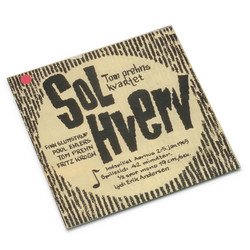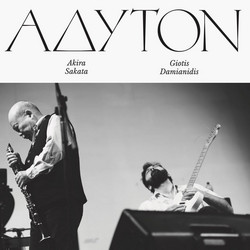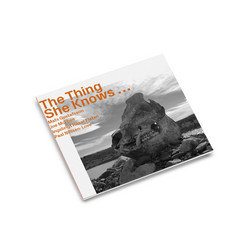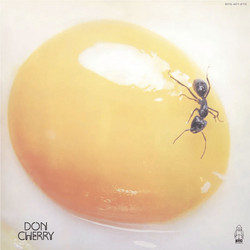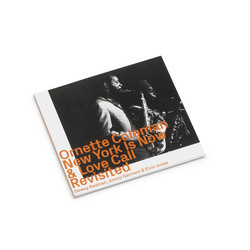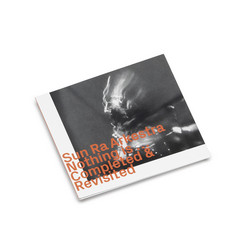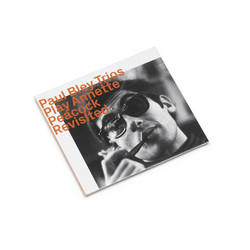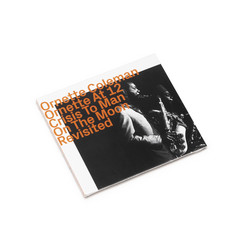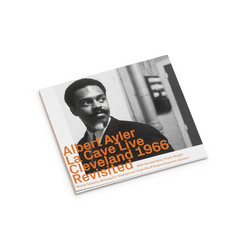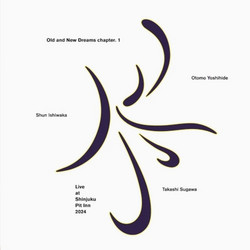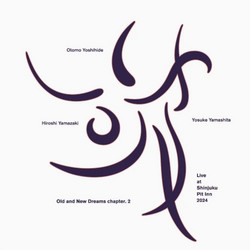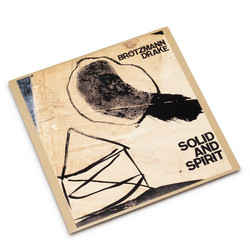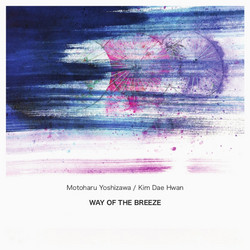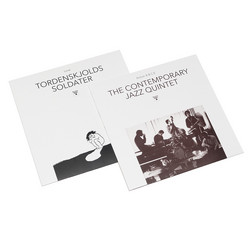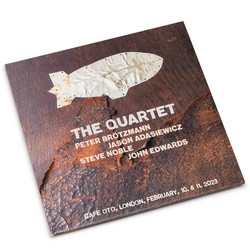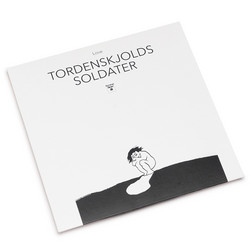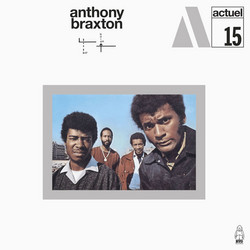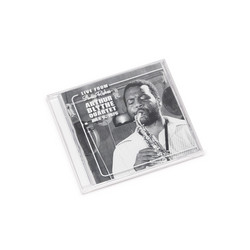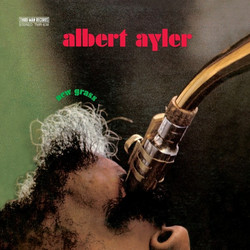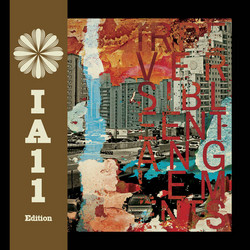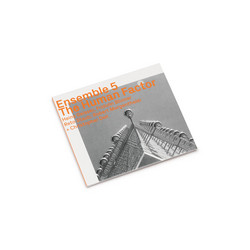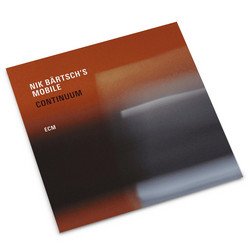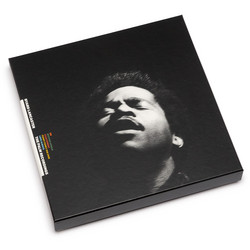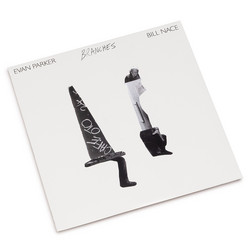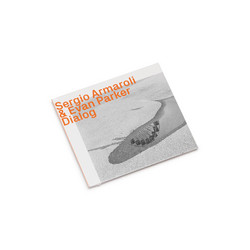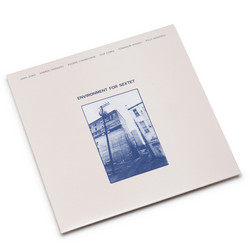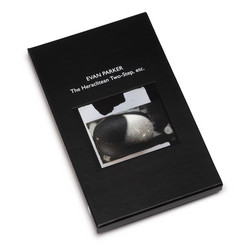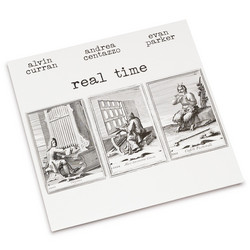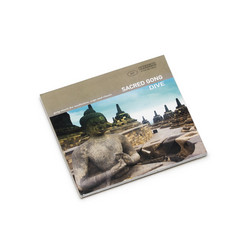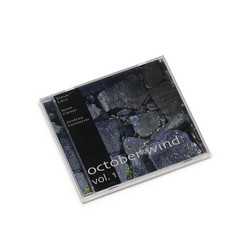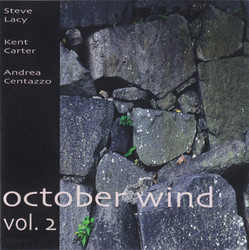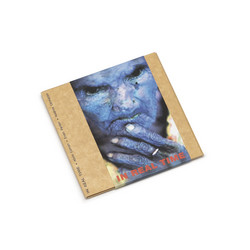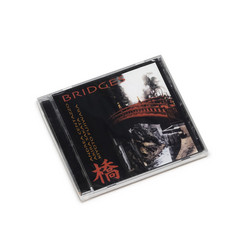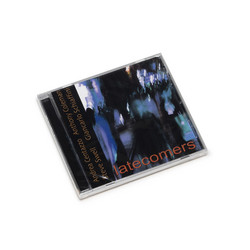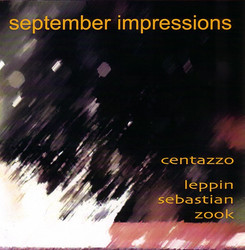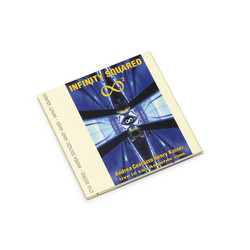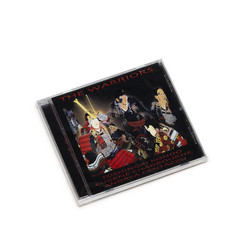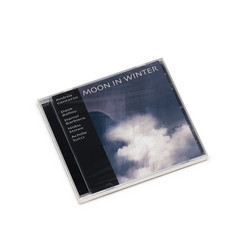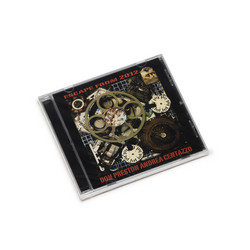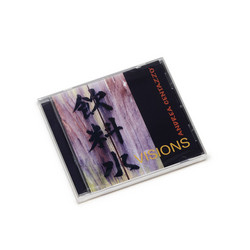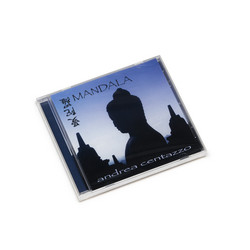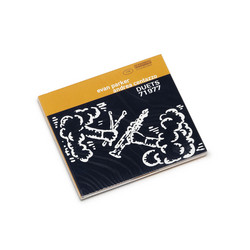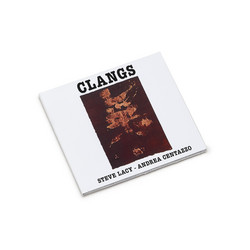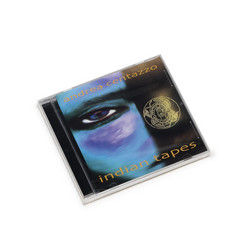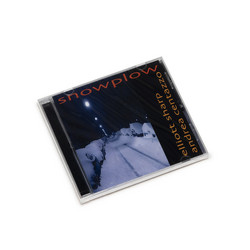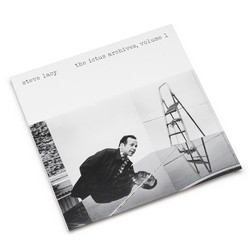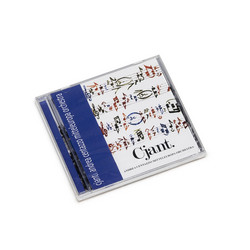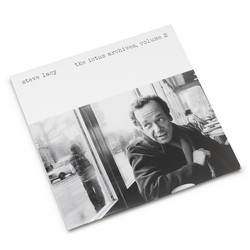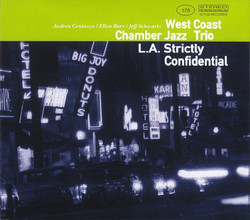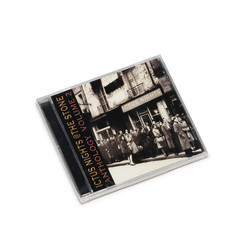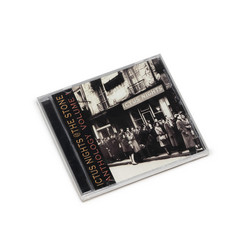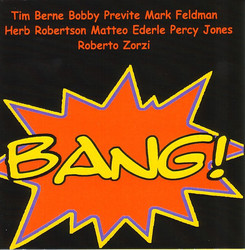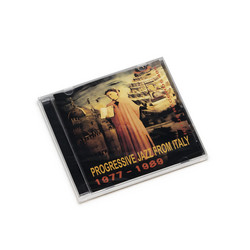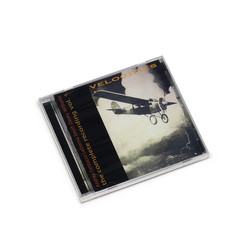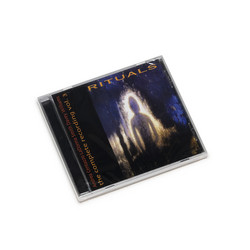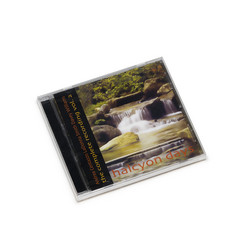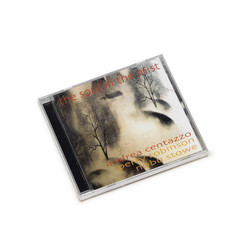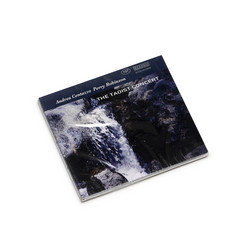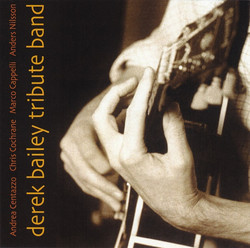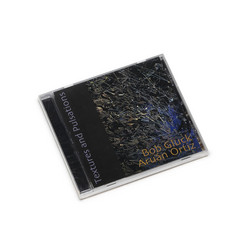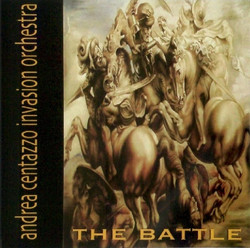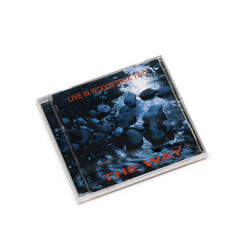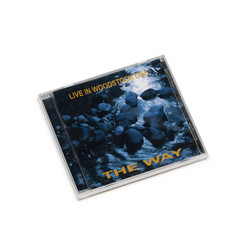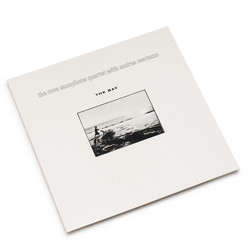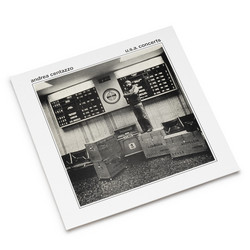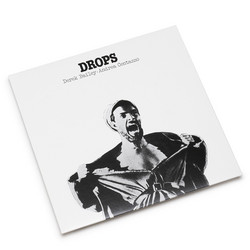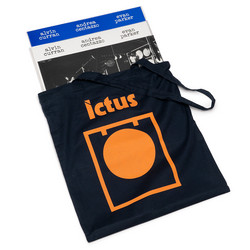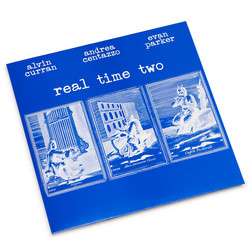Evan Parker, Andrea Centazzo
Bullfighting on Ice
** Edition of 250 copies, remastered from the original master tapes ** This album is a historical document in several respects: echo of a creative season in its early, vigorous blossoming, it presents groundbreaking music as it was performed and listened to in a moment that now seems very distant, not just chronologically but also in terms of its cultural context. Furthermore, it serves as a testament to the initial opening of the emerging Italian free music scene to Northern European experiences, which had already been in communication for years.
The collaboration between Evan Parker and Andrea Centazzo had begun a few months before this concert held in Padova on December 12, 1977. In July, Parker came to Italy, specifically to Tuscany, for a series of concerts, including a duo performance with Derek Bailey in Pisa. Then he joined Centazzo, who had organized a seminar with him (likely the first of its kind in Italy) in San Marcello Pistoiese. At that time, Centazzo lived and worked in the countryside between Pistoia and Montecatini. On that occasion, Centazzo recalls recording studio material, which, along with material collected during the concert in San Marcello, became the album Duets 71977 (CD Ictus 178). Shortly after, the duo temporarily expanded into a trio with Alvin Curran, who recorded Real Time (CD Ictus 124). By then, the Centro d'Arte had existed for more than thirty years as an association connected to the University, presenting seasons with a very open and research–oriented profile. These seasons featured classical chamber music alongside occasional but significant episodes of contemporary music, jazz, and even ethnic music.
However, it was only since 1973 that the Centro d'Arte had started an autonomous jazz series, favoring contemporary and avant–garde artists such as the Art Ensemble of Chicago, Sam Rivers, Anthony Braxton, and musicians from the emerging European free jazz scene. The concerts were held in a temporary structure, a circus tent located in the area of the old slaughterhouse. The audience was quite large, ranging from 500 to over 1000 people, which may be surprising for an avant–garde jazz series, considering the size of the city, with no more than 250,000 inhabitants. At that time, Italy, and Padova in particular, was going through a particularly turbulent political period. The ideas of radical democracy that circulated among the youth masses often meant that participation in a collective event, such as a concert, was not to be simply passive. In addition, a recent series of incidents and clashes had resulted in a near–total ban on rock concerts across the country; consequently, much of the young audience had turned to whatever appeared contemporary and alternative to the commercial scene, such as the new jazz. Anything that seemed radical was generally well–received, even better if it was entertaining.
But perhaps this wasn't the case. The Centazzo/Parker duo was indeed one of the most experimental episodes presented by the Centro d'Arte in those years. Parker had already developed his characteristic style, and as John Zorn observed in his introduction to Duets 71977, "during this intermediate phase between what was documented in Saxophone Solos (1975) and Monoceros (1978), Parker was still using plastic reeds that defined the sharp articulations of his early sound and was beginning to refine the circular breathing that would become a major focus of exploration in the years to come". Meanwhile, as is apparent in the cover photos, Centazzo was already working with a custom–built expanded drum kit made by the English Premier company, with cymbals and gongs that he had designed and produced in collaboration with UFIP in Pistoia. In addition to percussion, Centazzo used one of the first percussion synthesizers, the Synare, and a range of electronic sound objects, including the 'crackle box,' designed and produced in small quantities by Michel Waisvisz (a specimen that had been given to him by Steve Lacy), and also lo–fi sound toys, such as the 'laughing bag.' To many ears at the time, all of this was more astonishing than appreciated for the quality of a new and unheard–of musical practice. Some of the audience expressed their confusion, but those who made a fuss didn't seem to disapprove as much as they aimed for a 'creative' involvement with the scene, in an effort perhaps to raise the level of their intermittent interest. Under the tent, people drank, some smoked, not everyone was seated, and even a few dogs wandered around. Something of this atmosphere, so far removed from today's norms, can be heard in the residual bustling soundscape of voices in the background of the music. However, it takes an additional effort of imagination to realize the intense tension that immediately arose between the performers and the audience, ultimately determining the high 'temperature' of the improvised event. One could recall that only ten days before, in Milan, John Cage had heroically faced for almost three hours an extremely tumultuous crowd of 2,000 people challenging him to complete his solo performance of Empty Words, often reaching the brink of physical threat. The musical material heard on this album does not correspond to the entire concert but is a selection that emphasizes some particularly intense long sequences. It is worth remembering that about twenty minutes into the actual concert, some voices from the audience began to howl and even mock what they were listening to. Parker expressed his irritation through the music, but also with words in which he ironically described himself as a gladiator in the arena. In this portion of the concert, which is not included in the album, spoiled as it is by annoying distortions, you can hear him addressing the audience: "Bring back bullfighting, Bring back bullfighting... whoa... Bullfighting on ice!" and later shouting, "Bring on the lions!" Thus, the title of the album also seeks to evoke these significant aspects of the way free music was made and listened to in many situations that occurred in those epic 1970s. – Veniero Rizzardi (October 2023)
Technical Note: The recording originates from the Centro d'Arte archive. Although there is no precise information available about the source, it is highly probable that the performance was recorded by capturing a mono signal from the mixing board and routing it to two tracks on a reel–to–reel Revox A77 at 7.5 ips. The recording engineer is unknown. In 2000, Stefano Bassanese converted the tape into a digital file (44100 Hz/16 bit) in his home studio. This forms the basis of the current restoration process, conducted at Outside Inside Studio by Matt Bordin, who is also responsible for editing and mastering.
personnel: Andrea Centazzo percussion and electronics / Evan Parker soprano and tenor saxophones - Recorded live in concert december 12, 1977 at Teatro Tenda, Padova, Italy. produced by Centro d'Arte dell'Università di Padova. All tracks are free improvisations by the duo. Restoration, editing and mastering by Matt Bordin at Outside Inside Studio. Liner notes by Veniero Rizzardi. Photos by Michele Giotto.
